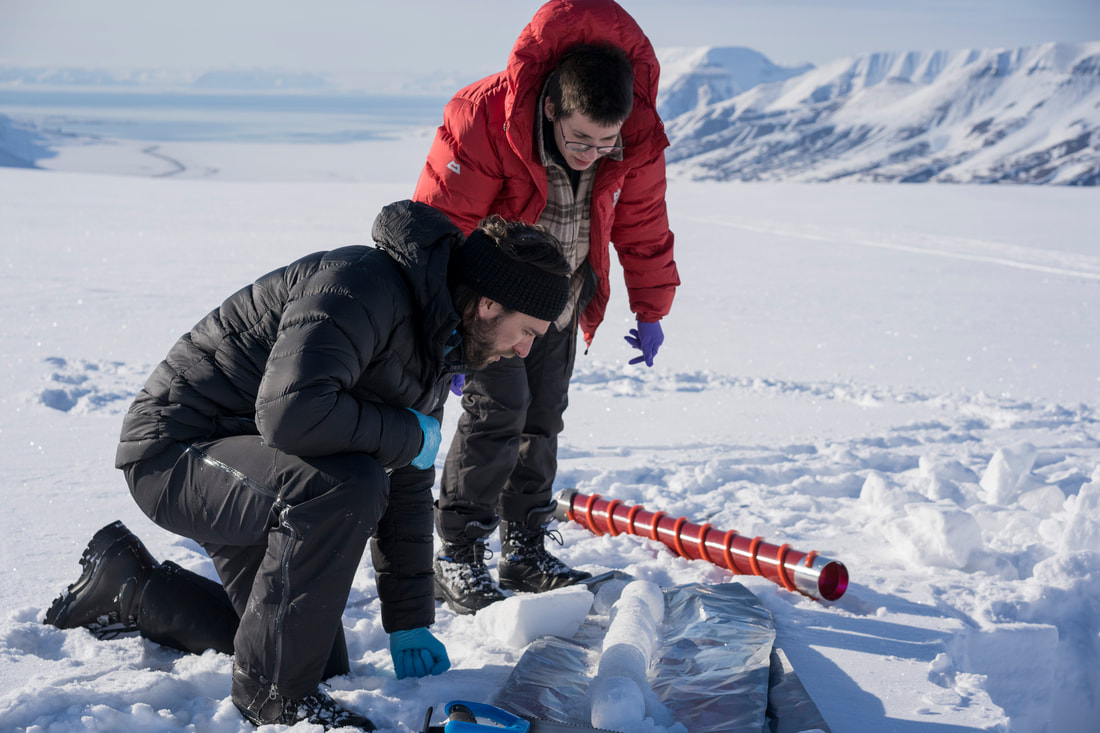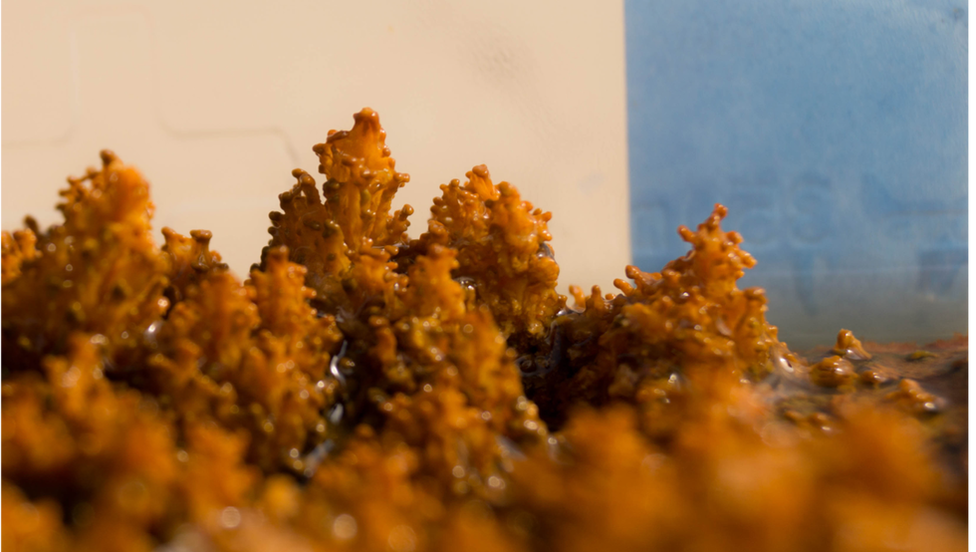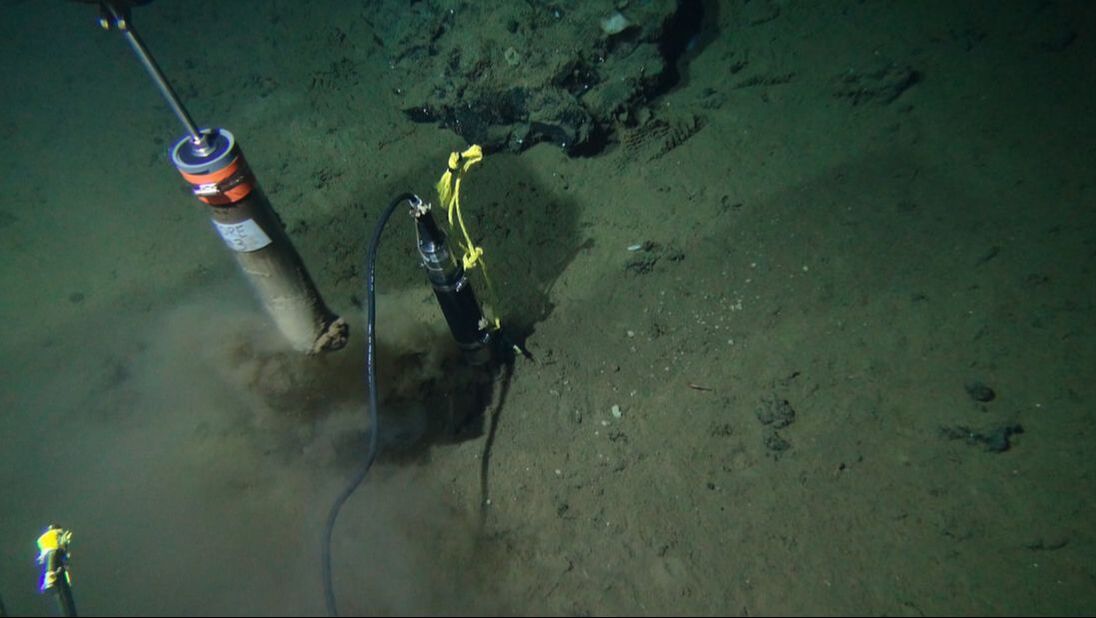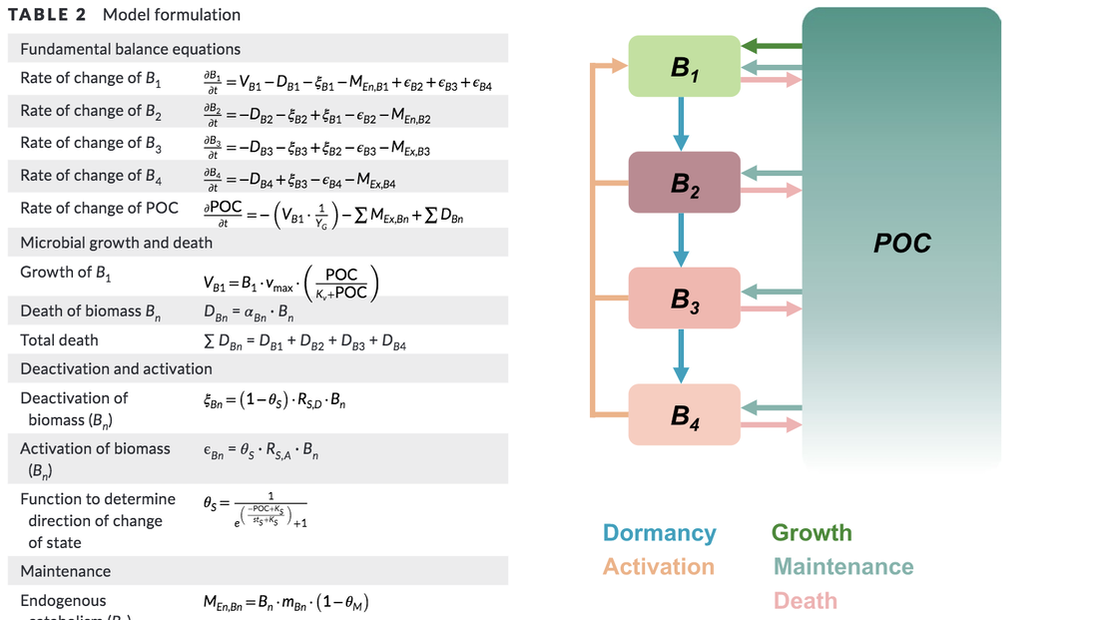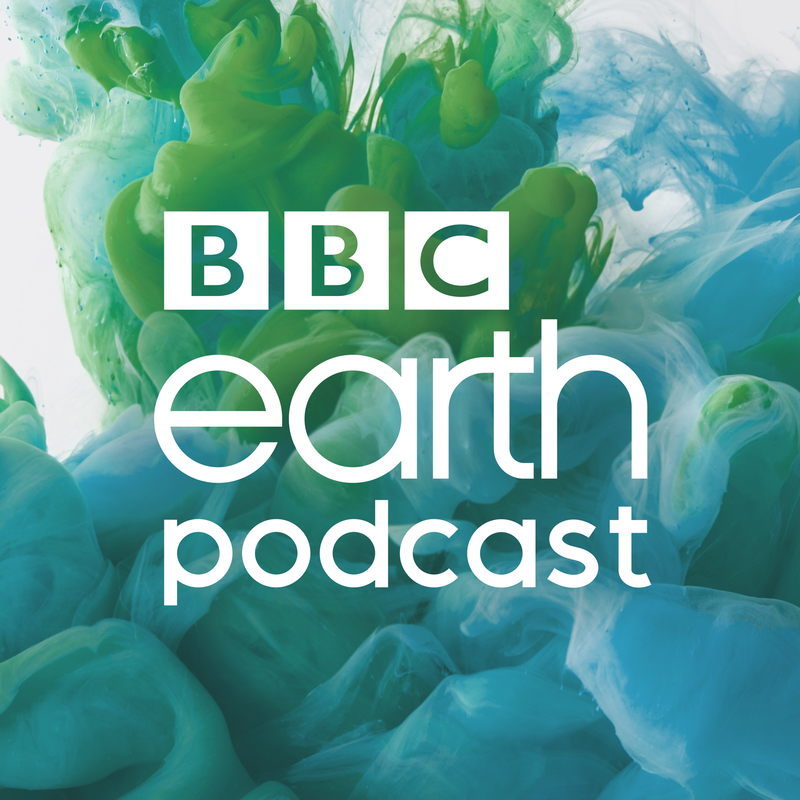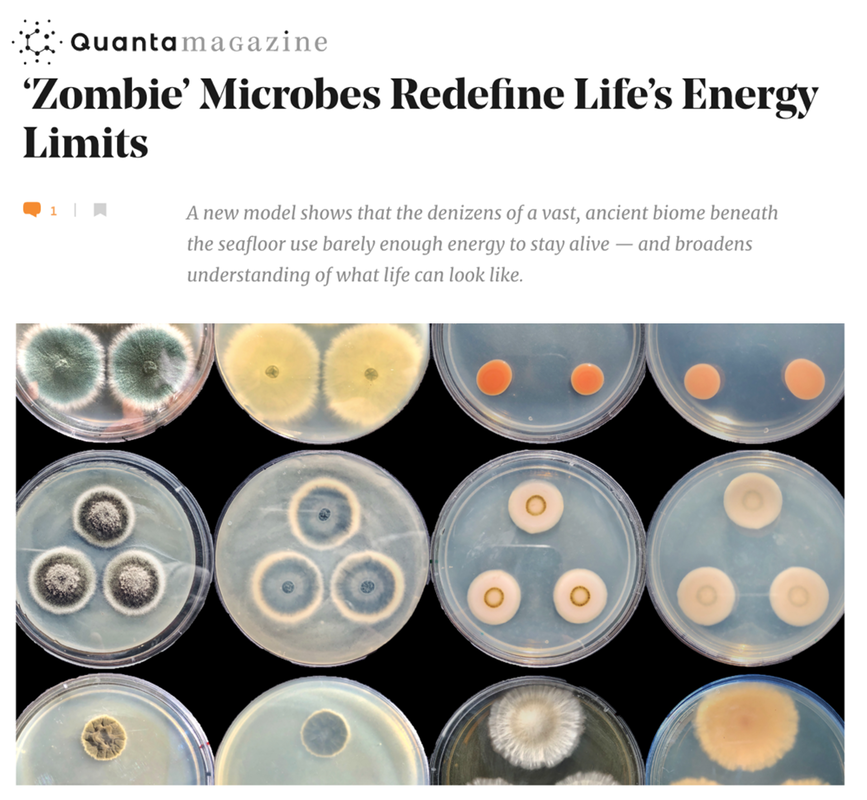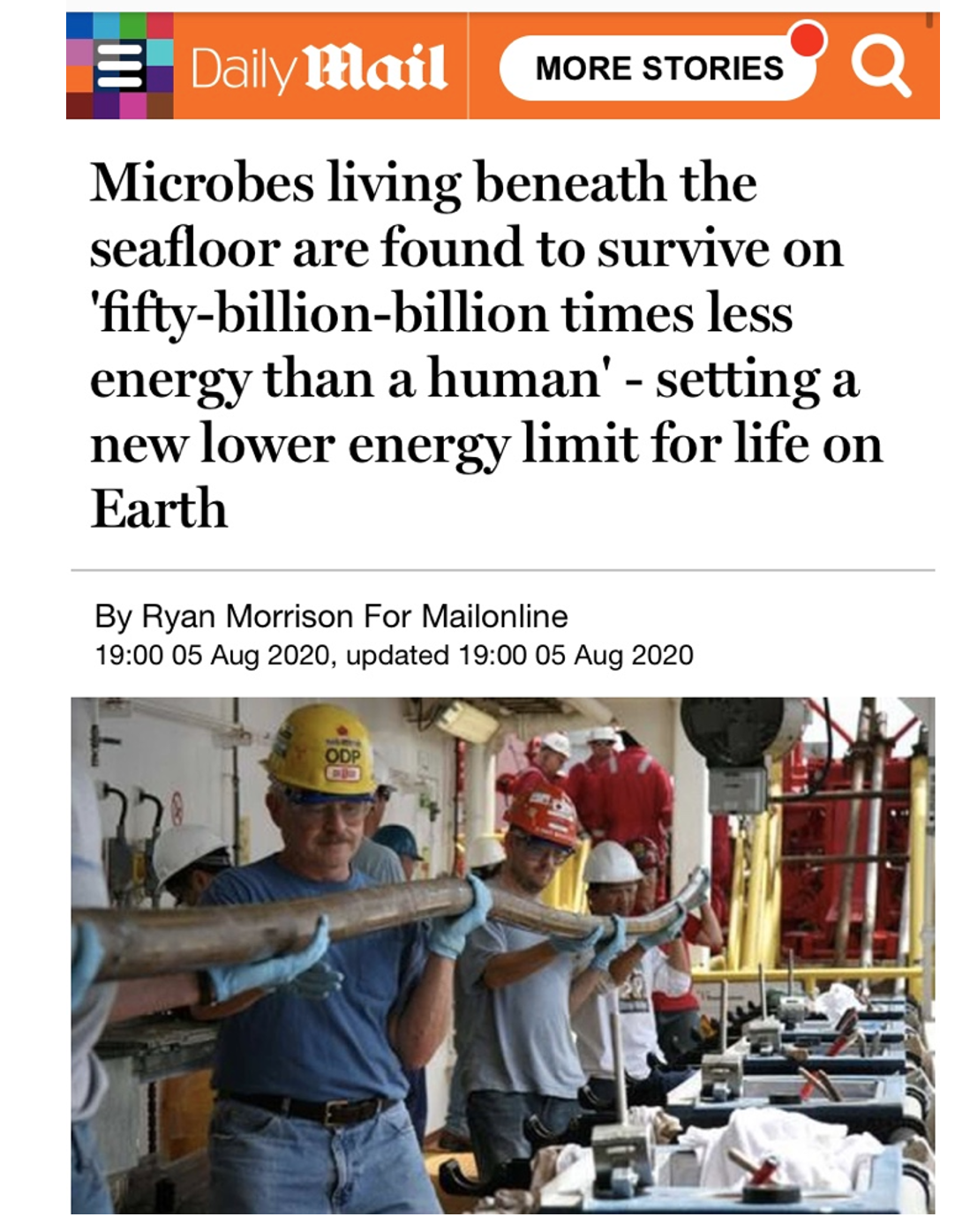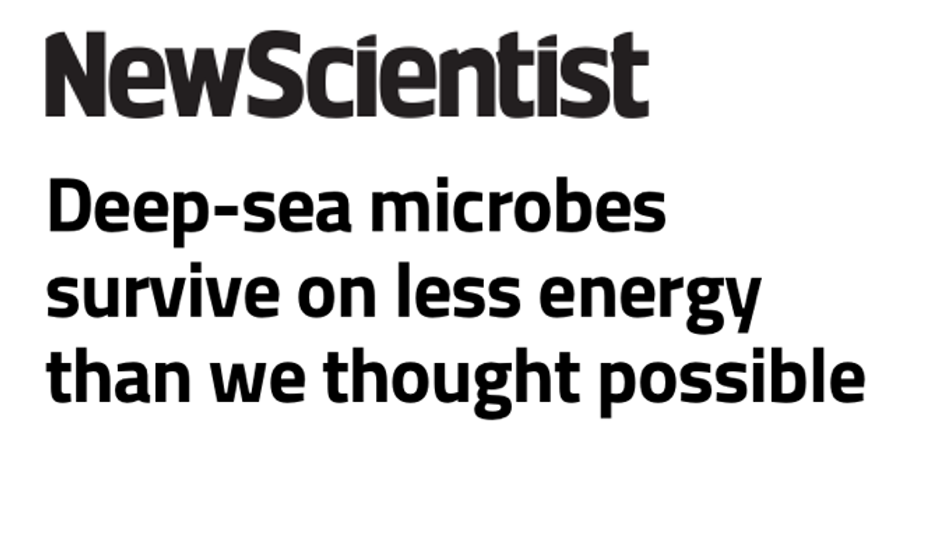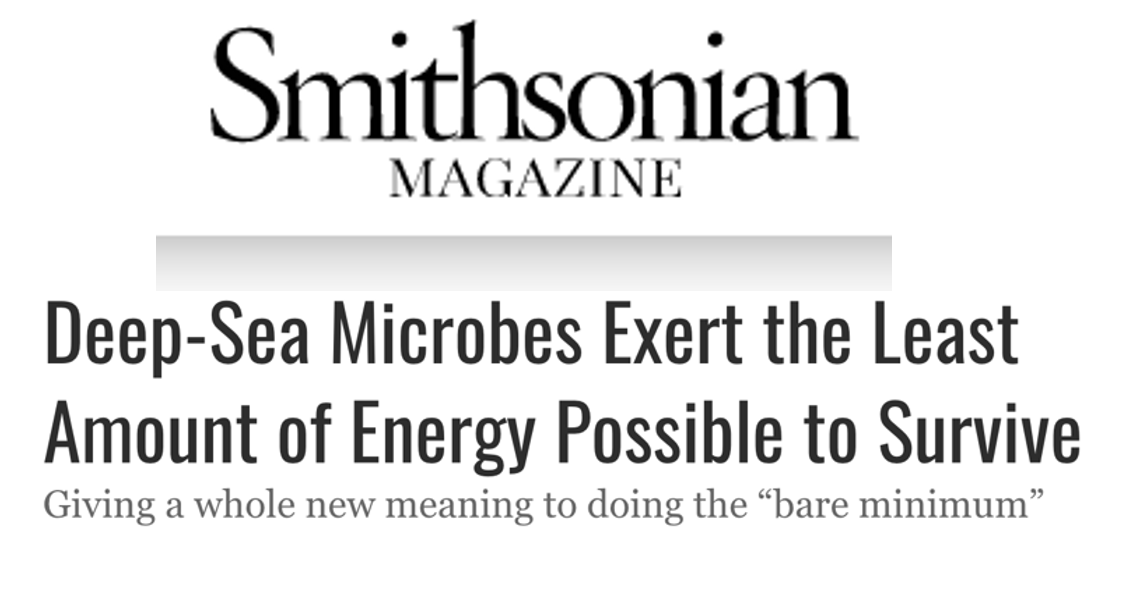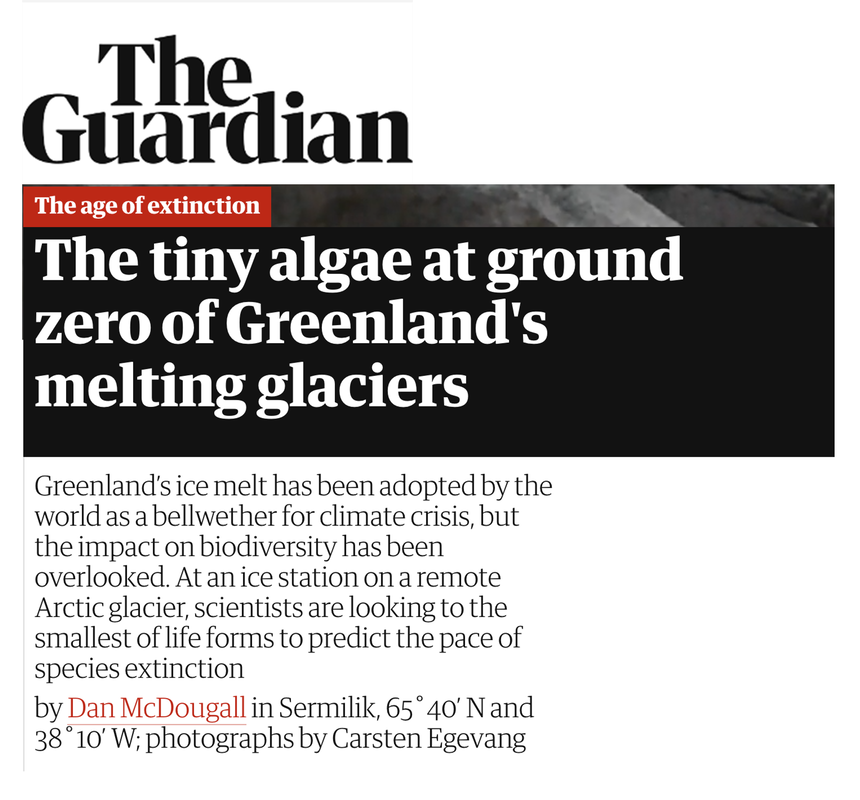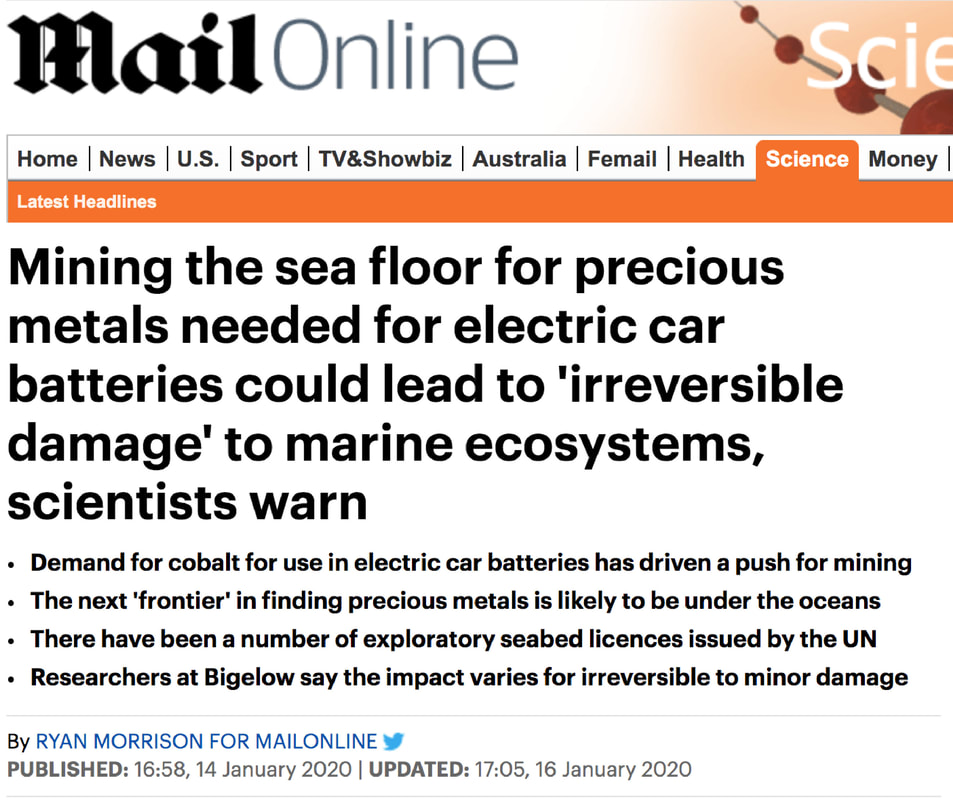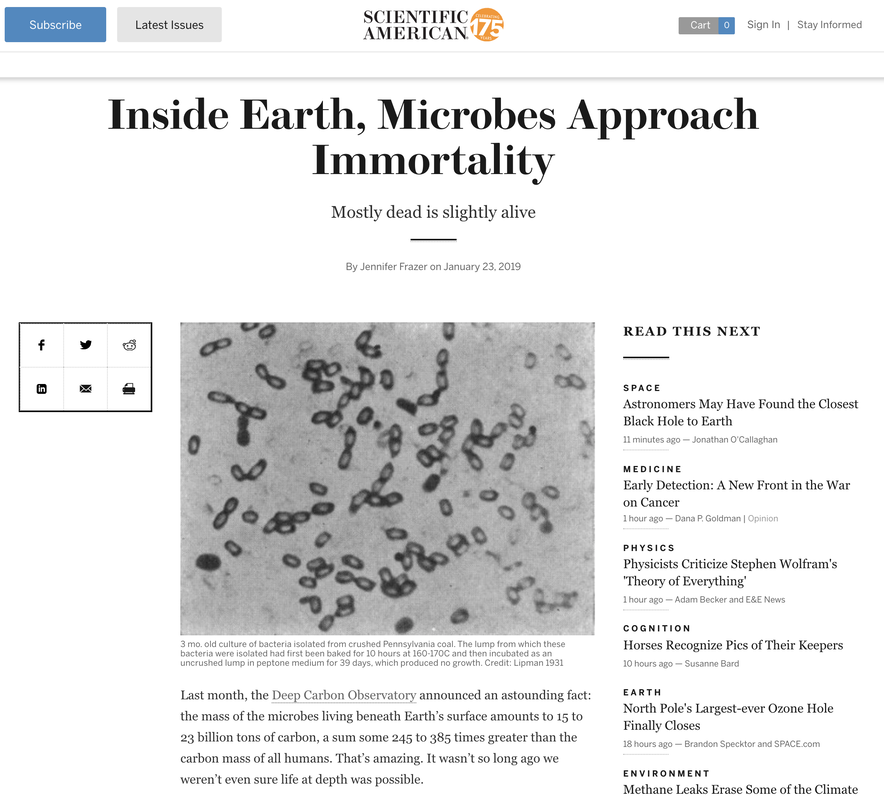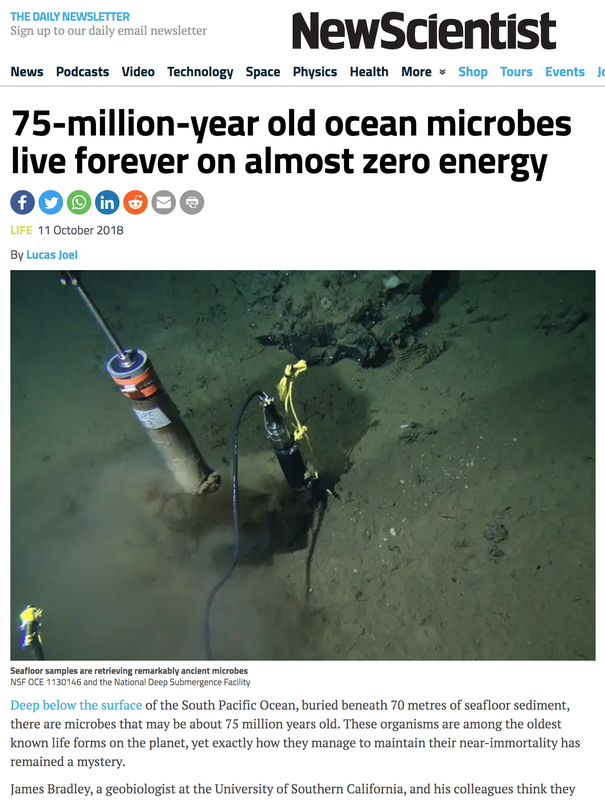Research in the Bradley lab aims to shed new light on the biological and biogeochemical processes underlying the cycling of nutrients and energy that shape the Earth, including past, present, and future life and climate. Our research encompasses marine, cryospheric, and terrestrial settings, including: glacial geomicrobiology, permafrost and soil biogeochemistry, bio-energetics, the deep subsurface, and the global carbon cycle. The diverse settings we study are linked by overarching themes of life in extreme environments, global biogeochemical cycles, climate, and anthropogenic change.
Research highlights:
|
Glacial geomicrobiology. Glaciers and ice sheets cover 10% of Earth’s surface and harbor diverse microbial ecosystems that play a critical role in regulating regional and global biogeochemical cycles, the fertilization and productivity of Polar fjords and oceans, and modify glacier albedo and thus surface melt rates and sea level rise. Our research explores the structure, function and activity of glacial and glacier-adjacent ecosystems, and their wider role in biogeochemical cycling and environmental change in the polar regions. |
|
Arctic soils and permafrost biogeochemistry. Arctic permafrost accounts for roughly one third of global soil organic carbon stocks, and is highly vulnerable to the impacts of climate change. Our research explores microbial and biogeochemical processes in thawing permafrost and soil development following glacier retreat, using microbial -omics approaches, geochemical measurements, and microbe-centric modelling tools. |
|
Adaptation to life in extreme environments. Microorganisms occupy virtually all available environmental niches including those previously thought of as uninhabitable. We explore life in Earth’s atmosphere, deep subsurface, and cryosphere to investigate how microorganisms tolerate (and even thrive in) extremes and assess their suitability as analogues for extra-terrestrial life. |
|
The deep biosphere and carbon cycle. The deep biosphere is one of the largest microbial habitats on Earth, and exerts a major control on Earth’s long-term carbon cycle. We explore Earth’s subsurface to understand the limits to life, the role of microbes in driving global elemental cycles, and the role of energy in shaping the architecture and dynamics of the subsurface. |
|
Microbial, biogeochemical and bioenergetic modelling. We develop theoretical and numerical modelling tools to describe and predict microbial and biogeochemical processes in natural environments. Our models span bioenergetics, microbially-implicit reaction transport models, and microbially-explicit biogeochemical models, applied to Earth’s soils, the deep subsurface, and polar environments. |
